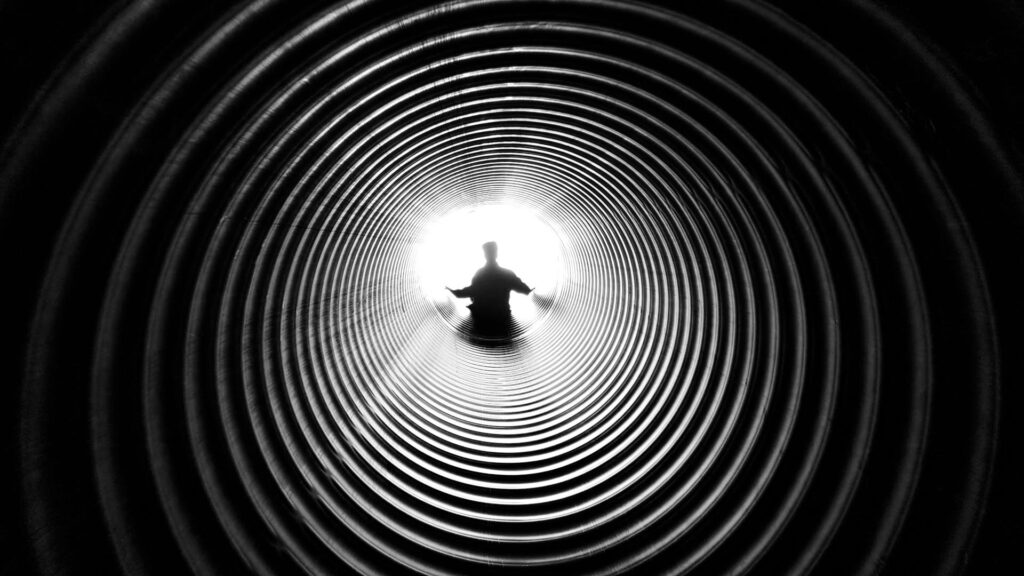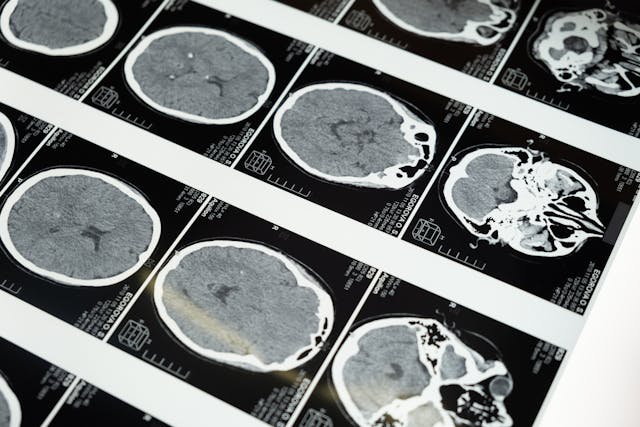There are many different conditions that can greatly affect the quality of a person’s life. These conditions make even daily tasks much more difficult to do. They may occur due to various reasons. It is necessary to seek treatment whenever the need arises. Vertigo is a common condition in which there’s a feeling that the world is spinning around a person. This makes even the easiest tasks very difficult, and many even find it difficult to walk properly or at a fast pace. Vertigo is common, and many people around the world have experienced it or dizziness. When affected with vertigo, it is necessary to be aware of what it is and how to deal with it. A physiotherapist provides detailed treatment for balance-based disorders such as vertigo and helps a person get back to their life. There are many physiotherapists available who can provide effective and long-term treatment for vertigo and other balance disorders.


Vertigo Symptoms
There are many symptoms of vertigo. In vertigo, a person feels like they’re in motion even though they’re not. A person feels as if either the world is spinning or everything is in tilted motion. Many people, when they try to walk, feel like they are about to fall in a particular direction. For others, it feels like they aren’t walking but are floating. However, it is different from feeling lightheaded. This makes it very difficult to do even If the vertigo is extreme, a person may feel nauseous and may vomit. Like migraines, there can be vertigo attacks with episodes that may be quite extreme, and after the attack, everything may return to normal or become manageable.


Causes of Vertigo
There can be different causes of vertigo, but most of the time, it involves issues with the ear. This is because, inside our ear, there’s a whole vestibular system, which helps us balance and manage our movements. If there’s any infection or injury to the inner area of the ear, it can cause vertigo.
- Benign Paroxysmal Positional Vertigo (BPPV): This is one of the most common causes of vertigo. Our inner ear anatomy has crystals that help in stabilizing our movement. When these are displaced, they can cause vertigo when the head is suddenly raised or moved.
- Ménière’s Disease: This is a rare inner ear disorder that results in vertigo. The cause of this disorder is still not known, and it requires immediate attention; otherwise, it can, over time, result in hearing loss and extreme vertigo episodes.
- Vestibular Neuritis: This is an inflammation of the vestibular nerve in the ear due to an infection that reaches the inner part of the ear. It results in vertigo and balance disorder. It typically goes away on its own, but physiotherapy is recommended to improve vertigo symptoms.
Other Causes
There are other causes of vertigo. While they are not very common, these conditions also cause vertigo for many. These can include brain stroke, tumor, multiple sclerosis, medication side effects, and drug abuse. Head injuries can also cause vertigo. Constant episodes of migraines can also lead to vertigo. Additionally, people who have seizures may suffer from vertigo, though this is not very common.
Physiotherapy and Vertigo
Physiotherapy deals with the treatment of various disorders, and vertigo is one such condition in which physiotherapy is generally an effective method of treatment. After completing a full treatment plan, the intensity of the vertigo diminishes. In physiotherapy, there are various types of maneuvers in which the head is moved in different ways. This helps to reduce the effects of vertigo. In addition to these, other muscular exercises are also provided.
Some Exercises
There are many different types of exercises, such as Brandt-Daroff exercises. In this exercise, the head is turned 45 degrees to the right, and then the person lies down while keeping the head fixed. This helps reduce dizziness. Other musculoskeletal exercises are also recommended. Gaze stabilization is helpful; in this exercise, the eyes are made to focus on a particular area during movements. These exercises help manage vertigo, and with consistent practice, the intensity of vertigo can reduce significantly, allowing a person to live their life smoothly and independently.


Body During Exercise
During these exercises, it is not uncommon to feel dizziness, but there is nothing to worry about as this is temporary. Once the body becomes accustomed to the exercises, the dizziness disappears. It is necessary to continue the exercises with full attention and determination. There should be a positive approach towards the treatment.
Physiotherapy is a preferred form of treatment for conditions such as vertigo. Many exercises involve different parts that may trigger vertigo, such as training the eyes during movement. Gait training is also helpful for walking during episodes of vertigo. Vertigo is a serious condition that can impact the quality of life. If not properly treated, symptoms can worsen and become difficult to manage. So, it is necessary to seek proper treatment as soon as possible. While the treatment of vertigo may take time to work and for many it can last even for months, it is important to continue and not to abandon the treatment midway.










